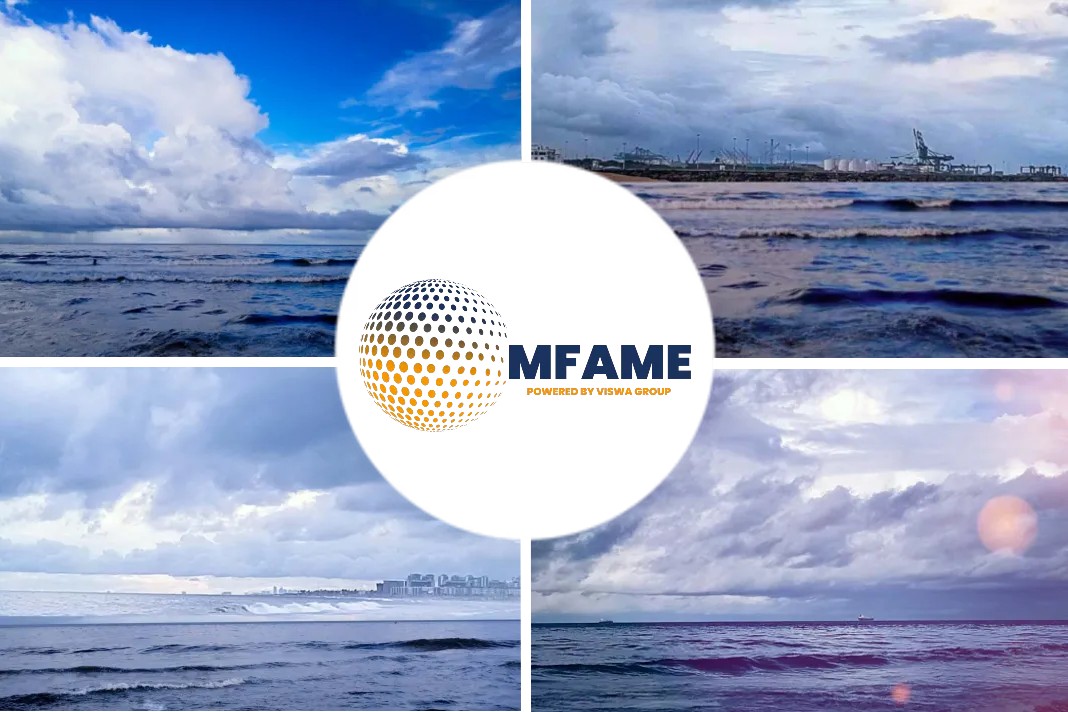
While nuclear power has the potential to offer a decarbonization alternative for shipping, the technical, economic, and regulatory challenges associated with its use have limited its widespread adoption.
However, the last eight months have seen a growing interest and progression in both offshore and shipping projects for nuclear power. What are the latest developments in shipping nuclear?
Safety and regulatory concerns, combined with public stigma, have established nuclear-powered ships as a less attractive option for shipping decarbonization. This is why other alternative fuels such as hydrogen, ammonia, and biofuels are being explored as potential solutions, in a bid to address the need for shipping to reduce its carbon footprint. But as technology advances and the decarbonization game is becoming more challenging, shipping is exploring more alternative ways to embrace innovation.
Small nuclear power reactors: An alternative role of nuclear power in shipping
Small modular reactors (defined by the World Nuclear Association as nuclear reactors generally 300 MWe equivalent or less) are closer to technical and economic feasibility for green shipping, according to Lloyd’s Register. This interest in small and medium nuclear power reactors is driven both by a desire to reduce the impact of capital costs and to provide power away from large grid systems.
For the maritime industry, floating nuclear power sources (also known as small modular reactors or SMRs) could be used to recharge battery-powered vessels when they are away from infrastructure. For example, a major hurdle to shipping electrification is the lack of appropriate infrastructure. Ships require a significant amount of energy to operate and this is a problem when battery-powered vessels are far from a suitable land-based bunkering option.
In this respect, a floating nuclear power plant could potentially provide a reliable, long-term power source for a vessel. These sources are small nuclear power plants that can be placed on a barge or other watercraft and towed to different locations as needed. A key advantage of a floating nuclear power source is that it is designed to be self-contained and requires minimal infrastructure to operate. This makes it a potential solution for remote or off-grid locations that require power.
Did you subscribe to our daily Newsletter?
It’s Free! Click here to Subscribe
Source: Safety4sea





















